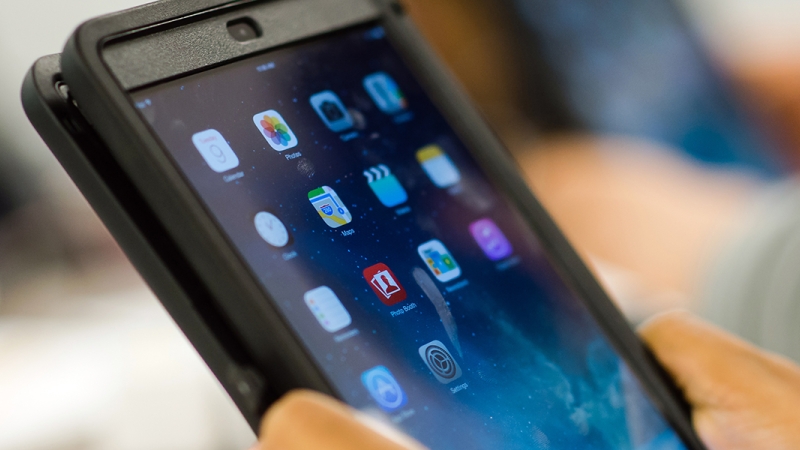Strategies to Support Homework and Classwork
A variety of strategies that may be used in the classroom and at home
Printable Versions: العربية | 中文 | English | فارسی | 한국어 | Español | اردو | Tiếng Việt (PDF)
There are many strategies that may be used in the classroom and at home to help students with schoolwork and homework challenges.
The information on this page shows areas that might cause challenges, such as an inflexible classroom setting. For each area of challenge, strategies are offered to best support the student.
Learning Environment Challenge
Students who are in a supportive environment will be better able to learn and solve problems that arise.
Strategies to Support:
- Foster mutual respect among everyone in the learning environment.
- Model appreciation for diversity of thought and modes of expression.
- Provide strength- and interest-based choice in learning modes and products.
- Be flexible rather than rigid whenever possible.
- Praise effort, application of strategies, and growth over time.
- Teach and encourage self-advocacy and independence.
- Convey a belief in the student’s ability to set and achieve goals.
Executive Functioning Challenge
Executive function skills enable students to plan, focus attention, remember, and manage multiple tasks successfully.
Strategies to Support:
- Provide clear, brief verbal and written directions.
- Have consistent routines and visual agendas.
- Collaborate with the student to make lists of tasks to accomplish.
- Break tasks, including assessments, into small, manageable parts.
- Use graphic organizers.
- Student and adults collaborate on development of organization systems.
- Teach note taking strategies (e.g., Cornell notes, concept mapping).
- Use mnemonic devices to help with working memory challenges.
Work Production
When monitoring a student who needs to produce work, keep the focus on progress being made and adjust strategies accordingly.
Strategies to Support:
- Help students see their progress and celebrate successes to foster perseverance.
- Minimize visual and auditory distractions.
- Provide direct, immediate cues or feedback as students are working.
- Keep a checklist of daily goals and task checkpoints in clear sight.
- Pause for student reflection about what is working or not working for them.
- Ask for verbal or written responses to sum up learning (e.g. exit tickets).
- Give students choices for final products and whether to work alone or with others.
Social Interactions
Guiding and supporting 2e students in structured social settings can help them to feel included and valued.
Strategies to Support:
- Utilize strengths and interests in structured cooperative learning experiences.
- Provide step-by-step directions and strategies to guide social interactions (e.g., ageappropriate social stories, role playing, practice reading and labeling facial expressions and body language).
- Create opportunities for social connection with others who share their interests or talents (e.g., lunch bunches, clubs, cohort groups).
- Practice social conversation skills (e.g., listening, perspective-taking, turn-taking).
Resources
Baska, A., & VanTassel-Baska, J. (2018). Interventions that work with special populations in gifted education. Waco TX: Prufrock Press
Baum, S., Shader, R., & Owen, S. (2017) To be gifted and learning disabled: Strength-based strategies for helping twice exceptional students with LD, ADHD, ASD and more (3rd ed.). Waco, TX: Prufrock Press.
Kaufman, S. B. (2018). Twice exceptional: Supporting and educating bright and creative students with learning difficulties. New York, NY: Oxford University Press.



